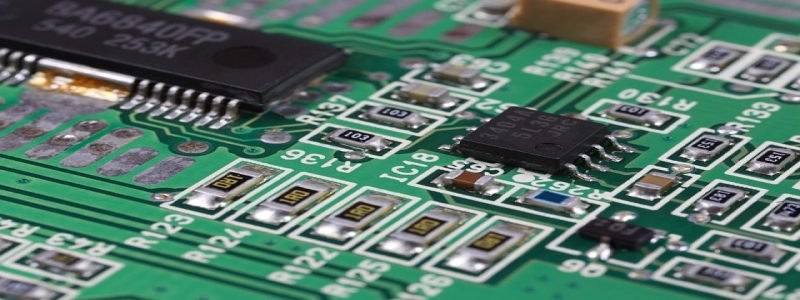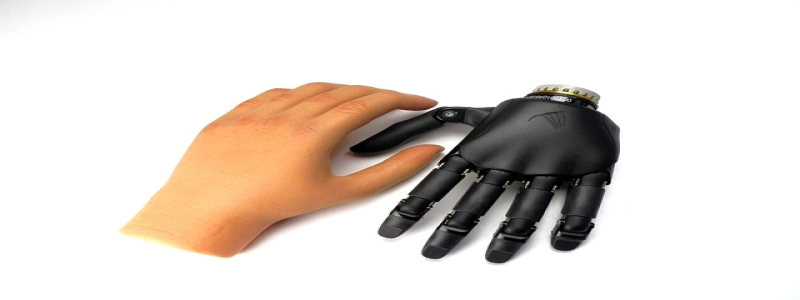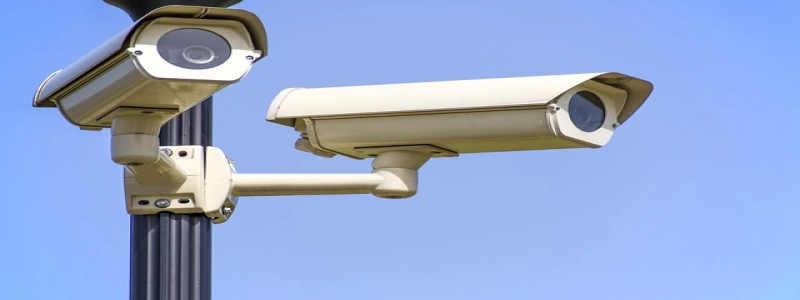Laser Attenuator
Introduction:
Laser attenuators play a crucial role in controlling the power output of laser beams. They are widely used in various applications such as laser safety, scientific research, telecommunications, and laser material processing. In this article, we will discuss the different types of laser attenuators and their working principles.
I. Types of Laser Attenuators:
1. Neutral Density Filters:
– Neutral density filters are the most commonly used laser attenuators. They consist of specially coated glass or plastic plates that absorb a specific portion of the laser beam’s intensity.
– These filters provide a uniform attenuation across the entire wavelength range of the laser, making them suitable for a wide range of applications.
– Neutral density filters are available in different optical densities, allowing for precise control over the laser power.
2. Variable Attenuators:
– Variable attenuators, as the name suggests, allow for adjustable attenuation levels. They are typically constructed using a combination of polarizers and wave plates.
– By rotating the wave plates, the polarization of the laser beam can be altered, resulting in a change in the transmitted power.
– Variable attenuators provide the flexibility to adjust the laser power according to the specific requirements of the application.
II. Working Principles:
1. Neutral Density Filters:
– The working principle of neutral density filters is based on the absorption of light by the coating on the surface of the filter.
– The coating is designed to absorb a specific percentage of the incident laser power, while allowing the remaining power to pass through.
– The attenuation level can be adjusted by changing the optical density of the filter, which is determined by the thickness and composition of the coating.
2. Variable Attenuators:
– Variable attenuators operate by changing the polarization state of the laser beam.
– Firstly, the laser beam passes through a polarizer, which converts the beam into a specific polarization state.
– The polarized beam then encounters a wave plate, which alters the polarization state of the beam.
– By rotating the wave plate, the transmitted power can be adjusted due to changes in the polarization components of the beam.
– The rotated beam finally passes through another polarizer, which selects the desired polarization state and attenuates the rest.
Conclusion:
Laser attenuators are essential components in laser systems, enabling precise power control and ensuring safe and accurate laser operation. Neutral density filters and variable attenuators offer different levels of control and flexibility, catering to various applications’ requirements. By understanding the working principles of laser attenuators, it becomes easier to select the appropriate type for a particular laser system or experiment.








